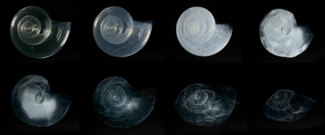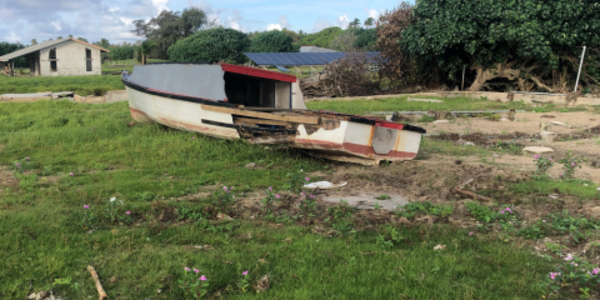Database provides access to vital quality-controlled observations

A vital component of Earth’s atmosphere, carbon dioxide (CO2) is released through natural processes, like the breath of animals, and through human activities, like burning fossil fuels and deforestation. Since the middle of the 20th century, annual emissions from burning fossil fuels have increased every decade, from an average of 3 billion tons of carbon (11 billion tons of carbon dioxide) a year in the 1960s to 9.5 billion tons of carbon (35 billion tons of carbon dioxide) per year in the 2010s, according to the Global Carbon Budget 2021.
Changing Ocean Chemistry
The ocean acts as a “carbon sink” and absorbs about 31% of the CO2 emissions released into the atmosphere according to a study published by NOAA and international partners in Science. As atmospheric CO2 levels increase, so do the CO2 levels in the ocean. When CO2 is absorbed by seawater, a series of chemical reactions occur causing the seawater to become more acidic. This phenomenon is commonly referred to as ocean acidification.
Ocean acidification threatens the fundamental chemical balance of ocean and coastal waters across the globe. Ocean acidification can create conditions that eat away at the minerals used by oysters, clams, shrimp, coral reefs, and other marine life to build their shells and skeletons. Human health is also a concern, as lab studies have shown that many harmful algal species produce more toxins and bloom faster in acidified waters.
Long-term monitoring and scientific analysis of ocean carbon are critical to determine if ocean uptake of CO2 will keep pace with emissions, and how to best anticipate, mitigate, and adapt to potential future changes. Effective stewardship of these important data is also essential.
Surface Ocean CO₂ Atlas
NCEI supports the Surface Ocean CO₂ Atlas (SOCAT), a synthesis activity for quality-controlled, surface ocean CO₂ observations by the international marine carbon research community. SOCAT is key for the quantification of the ocean carbon sink and ocean acidification as well as for the evaluation of ocean biogeochemical models.
SOCAT has quality-controlled in situ surface ocean fugacity of CO2 measurements made on ships, moorings, autonomous and drifting surface platforms. Fugacity of CO2 (fCO2) is a type of quality control which corrects the observations for pressure differentials due to temperature. SOCAT is used for quantification of ocean CO2 uptake and was used to evaluate ocean models in the Global Carbon Budget 2023. It is also used for evaluation of climate models and sensor data. SOCAT is a core Global Ocean Observing System data product for biogeochemistry endorsed by the Global Ocean Observing System GOOS.
NCEI provides access to the SOCAT database through the NCEI Ocean Carbon Data System (OCADS). SOCAT data are publicly available, discoverable, and citable. The data collection is available as downloadable individual dataset files, as regional and global synthesis files, and as gridded files. The SOCAT database has over 38 million observations from 1957 to 2023 for the global oceans and coastal seas. More than 8 million calibrated sensor observations are also available.
SOCAT is just one part of NCEI’s OCADS collection, an ocean carbon data repository created to support regional to global ocean carbon cycling and ocean acidification research. The OCADS project is funded by the NOAA Ocean Acidification Program (OAP), the Global Ocean Monitoring and Observing Program (GOMO), and NCEI.



